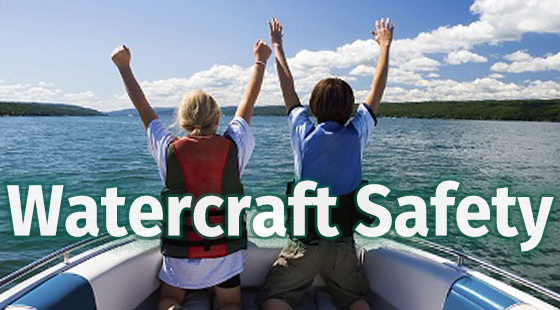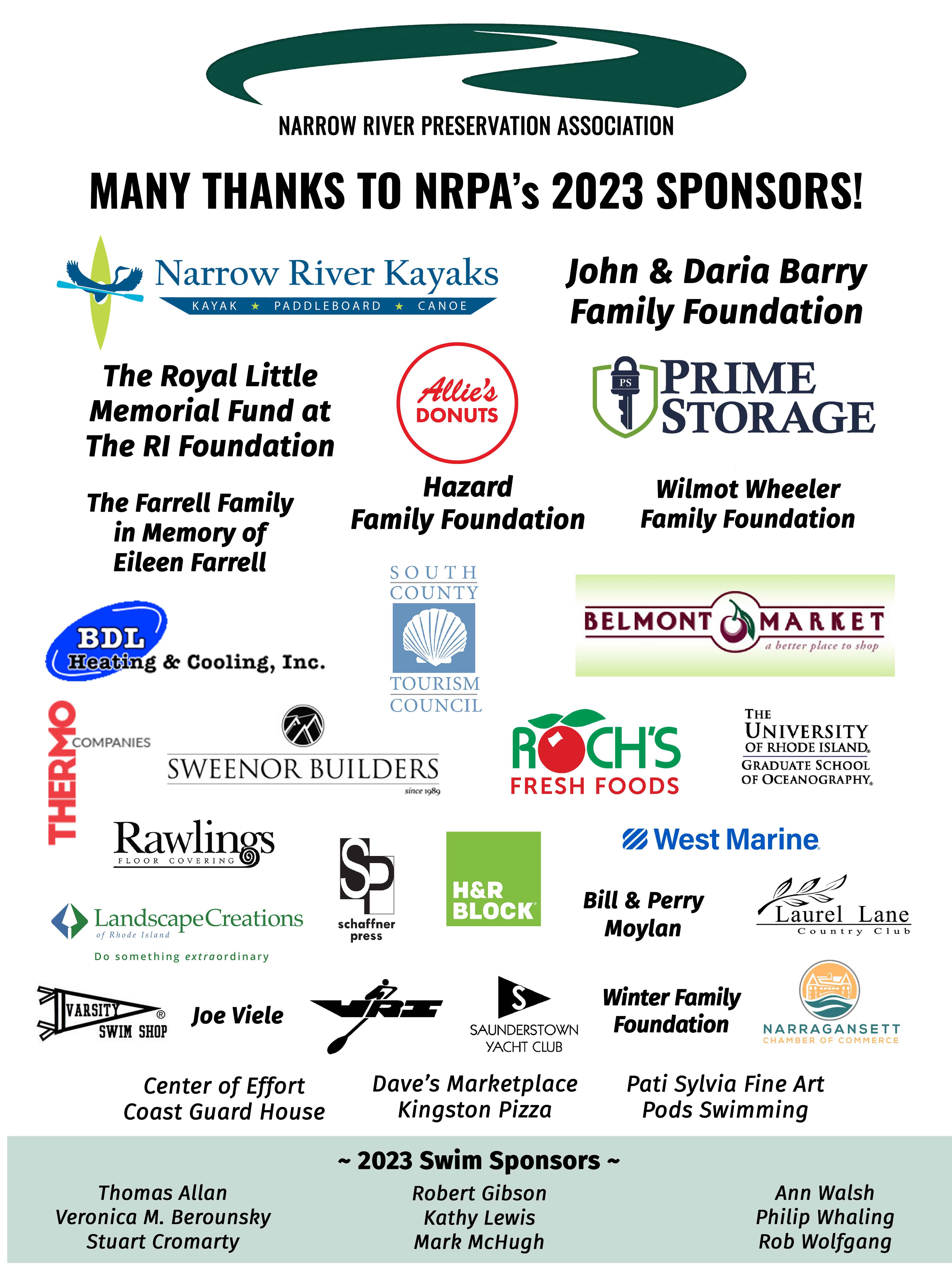Those who regularly visit the mouth of Narrow River know that the channels and sand spit are constantly reshaped in response to coastal storm events, beach erosion, tides and currents. These are natural coastal processes.
During the past two years, the combination of coastal storms and alongshore sediment transport from the town beach has dramatically increased the volume of sand within the flood tide delta (“sandbar”) just inside the mouth of the river. This has presented a challenge for boaters on the river, particularly following storm events, as the channels near the mouth reorganize and can be difficult to navigate.
It is important, however, to recognize that flood tide deltas (like the sandbar at the mouth) are naturally occurring deposits that form inside tidal inlets and are dynamic landforms that will continue to change as sediment is transported by storm surges, tidal currents and ocean waves.
This time lapse video compares aerial images of the mouth of Narrow (Pettaquamscutt) River from April 2003 to April 2022. The red dot in the video indicates the location of the flagpole – a former boat outhaul post placed in the 1960’s by the Dunes Club caretaker.

Due to the difficult navigation of the mouth, Tony Columbo of the Mettatuxet Yacht club championed an effort to dredge the sand deposits to the Town of Narragansett. Correspondingly, the Town of Narragansett has hired an engineering firm to develop solutions which aim to restore safe recreational boating while maintaining and preserving critical habitats within the Narrow River. The RI Coastal Resources Management Council (CRMC) Narrow River Special Area Management Plan (SAMP) includes provisions that allow the river mouth to be dredged periodically. The dredged sand would be used to replenish the Narragansett Town Beach. Dredging is only allowed to support safe recreational uses of the river under the SAMP.
NRPA exists to preserve, protect, and restore the natural environment and the quality of life for all communities within the Narrow River; NRPA will be actively engaged in all capital projects proposed in the Narrow River watershed including dredging and dredging alternatives.
NRPA is designated by the RI Rivers Council as the “state-designated Watershed Council” for the Narrow River (Pettaquamscutt Estuary) Watershed. In accordance with General Laws of Rhode Island Section 42-28-8, NRPA has the authority to evaluate proposed actions so that any resulting concerns may be considered by the CRMC.
Issues to be evaluated by NRPA include:
- Range of alternatives to meet project objectives
- Construction methods (mechanical or hydraulic dredging, access, refueling, dewatering, haul roads, etc.)
- Short-term consequences to shorebirds, fish, shellfish and other aquatic resources during dredging activities
- Measures taken to avoid and minimize adverse impacts such as Time of Year restrictions to avoid winter flounder spawning or river herring migration
- Possible changes to tidal circulation (e.g., improved tidal flushing, changes in current speeds, increased duration and frequency of flooding on upstream salt marshes)
- Improvements to boater safety
- Effects on other recreational uses
- Options for reuse of removed sand beach nourishment dune or salt marsh restoration
- Benefits to improved coastal resilience of Narragansett Beach
- Physical and chemical compatibility of sediments for beneficial reuse
- Initial construction and life cycle costs (anticipated life span/maintenance requirements)
We will update our membership with further information as the project planning advances.
Resources:
NRPA has maintained a library of relevant engineering studies from the last several decades that evaluate the impacts of dredging the river mouth or the beneficial re-use of the dredged sediment. These items are linked below for our membership and members of the public who wish to learn more. We will continue to update these materials as information becomes available.
In a 2009 unpublished draft report, the US Army Corps of Engineers (USACE) Water Management Section discussed results of a numerical modeling study to determine the relative impacts of incremental dredging alternatives at the mouth of Narrow River ranging from 28,000 cubic yards to 68,000 cubic yards. The modeling considered effects on tide range, current speeds, peak volume flows, and tidal prism/flushing time changes. In general, the modeling demonstrated an increased tide range and corresponding reduction in flushing times with greater dredge volumes.
In 2011, the town commissioned the Narragansett Town Beach Replenishment Feasibility. The goal of this study was to identify a potential beach replenishment solution for Narragansett Beach that provides protection for the upland infrastructure and creates a sustainable beach with a reasonable performance lifetime. The beach nourishment alternatives ranged from 50,000 cubic yards (a volume that could be sourced from the mouth of the River, based on the 2009 USACE study above) to 327,200 cubic yards.
In 2016, the US Fish and Wildlife Service (USFWS), USACE, and CRMC recommended that a numerical modeling study be undertaken to determine what the impact of dredging at the mouth might be on the circulation, flushing, and general water quality in the river. A hydrodynamic model was used to evaluate a series of four hypothetical dredging scenarios, from -1 m Mean Sea Level (MSL) to -3 m MSL, which removed between 1.5 m (4.9 ft) and 3.5 m (11.5 ft) from the flood tidal delta at the mouth, or between 21,500 m3 (28,100 yds3) and 184,000 m3 (241,000 yds3). Like the 2009 study, this modeling effort found an increase in the tide range (reduced restriction to the flow) with increasing dredging depth. An example of the model results is presented below, which shows the model-predicted water levels upstream of Sprague Bridge (Boston Neck Road) over a 5-day period. The increase in the tide range was greater for the larger volume dredging scenarios and most noticeable at low tide. The tidal flushing time within the River was reduced from 3.8 days compared to the range of 3.5 to 2.3 days for the dredging scenarios.

Another important consideration with dredging at the mouth and thus increasing the tide range is the effect on Mean High Water (MWH) levels in the area of the USFWS salt marsh restoration project. This restoration project included both drainage improvements and the placement of thin layers of dredged material on marsh surfaces in the river to build resiliency against increasing levels of sea level rise. In response, Craig Swanson and Malcolm Spaulding (the authors of the 2016 model predictions) provided a comparison of the duration of tidal inundation for the different dredge alternatives with respect to measured marsh control point elevations provided by the USFWS.







